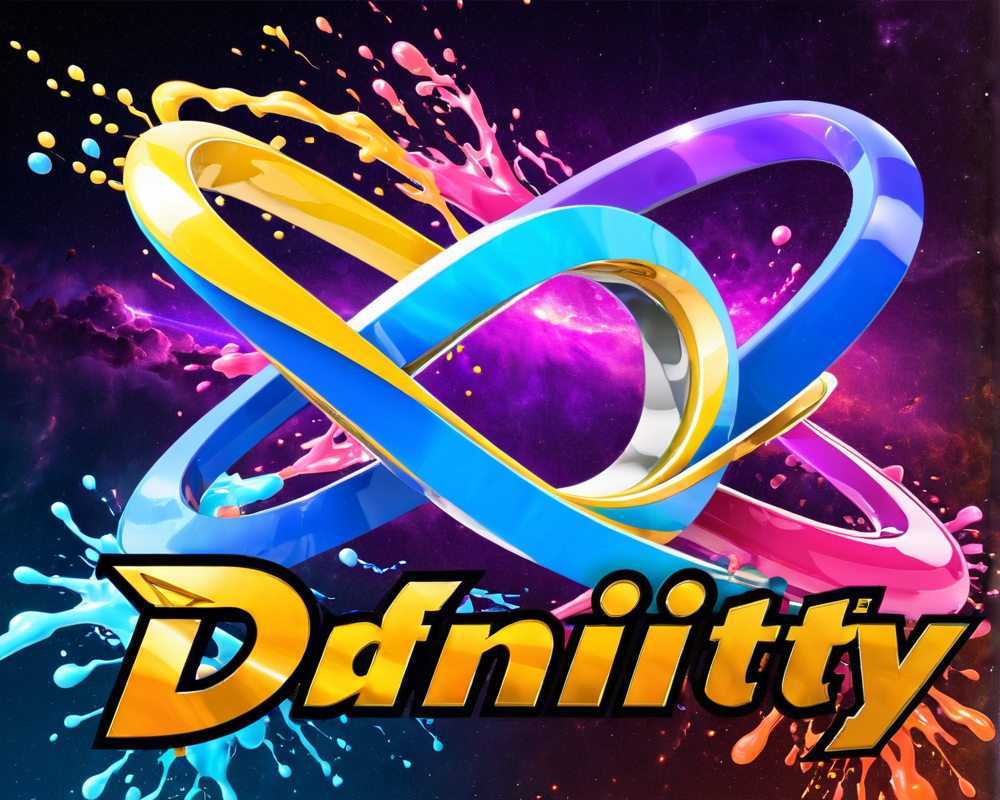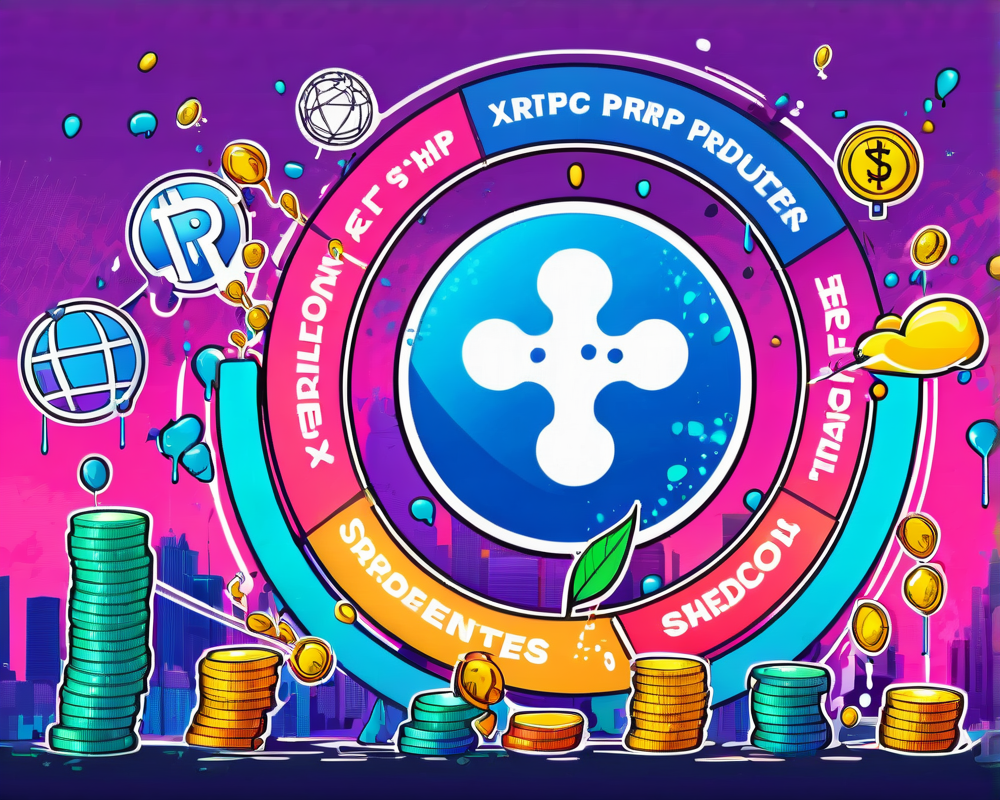The Struggle of Decentralized Governance
Decentralized governance is the next big thing, right? Well, let’s just say it’s a bit more like herding cats than leading an army. The EOS blockchain saga is a case study in how tricky things can get when you mix a multitude of stakeholders with high expectations. When it finally kicked off on June 10, anticipation turned to confusion as its tokens were put on ice for five days. Anyone felt a bit like they were trying to watch a concert through a snowstorm?
Token Tomatoes: The Politics of Voting
In a nail-biting election to kick things off, EOS had to elect 21 entities—the so-called Block Producers—who would overseer the operations of its blockchain. But reaching the all-important 15 percent threshold of voting tokens felt like waiting for the next season of your favorite show, tricky and far from guaranteed. Investors, who jumped on the $4 billion ICO, were left biting their nails, tapping their feet in anxious rhythm.
Behind the Scenes: The Whales’ Game
Now let’s be real: the voting process resembled a high-stakes poker game with a few big players holding the cards. It turns out, nearly half of the EOS tokens are locked up in a few whale wallets. Those hefty wallets plus a sprinkle of backroom deals made it hard for smaller fish to even make a splash. So why the dragging voting? The whales were likely waiting to see how the tide turned before plunging into action.
The Complexity of Casting a Vote
If you think that voting should be as easy as pie, think again. To cast a ballot, token holders had to dance with their private keys and third-party software. One wrong step and poof—your vote’s gone! The legit tool? A command line interface that’s more intimidating than my grandma with a rolling pin. The usability issues made many laymen think twice, leaving just a handful of brave souls ready to flex their voting rights.
Cybersecurity Fumbles and Community Backlash
What else could go wrong? In the weeks leading up to the launch, Block.one found itself in hot water. A hacker took over their Zendesk account and issued fraudulent giveaways, making it rain… well, not real rain, just financial chaos. And, just for fun, a cybersecurity firm pointed out gaping holes in EOS that could let a digital marauder claim the throne.
The Constitution: Not Quite What Everyone Hoped For
To add some flavor to the mess, the draft of the EOS constitution dropped into the community like a heavy rock in a yoga class—unwelcomed and awkward. Big names in crypto, including Nick Szabo, weren’t shy about proclaiming it ‘naively drafted’. Imagine being at a family reunion where everyone debates the merits of vegetable casseroles—awkward doesn’t capture it! And when an official conference recording revealed that developers were even considering “printing” more tokens, the anxiety levels shot up faster than soda on a hot day.
Finally, the Launch and Immediate Freeze
At long last, the long-anticipated EOS mainnet launch flickered to life on June 14, only to immediately slam the brakes and freeze transactions two days later. The irony! It was like a runner crossing the finish line but tripping over their own shoelaces. This series of unfortunate events raised eyebrows and drew criticisms from skeptics, making many wonder: can EOS withstand the storm and live up to its grand promises?
In this world of blockchain hype, there’s always room for redemption. Investors might have their fingers crossed, but the path ahead is bumpy—filled with risks as unpredictable as a cat on a hot tin roof.




